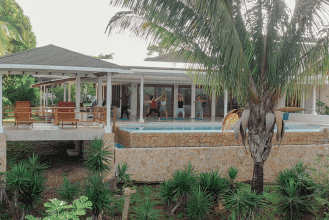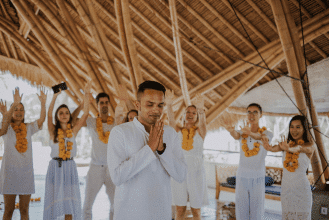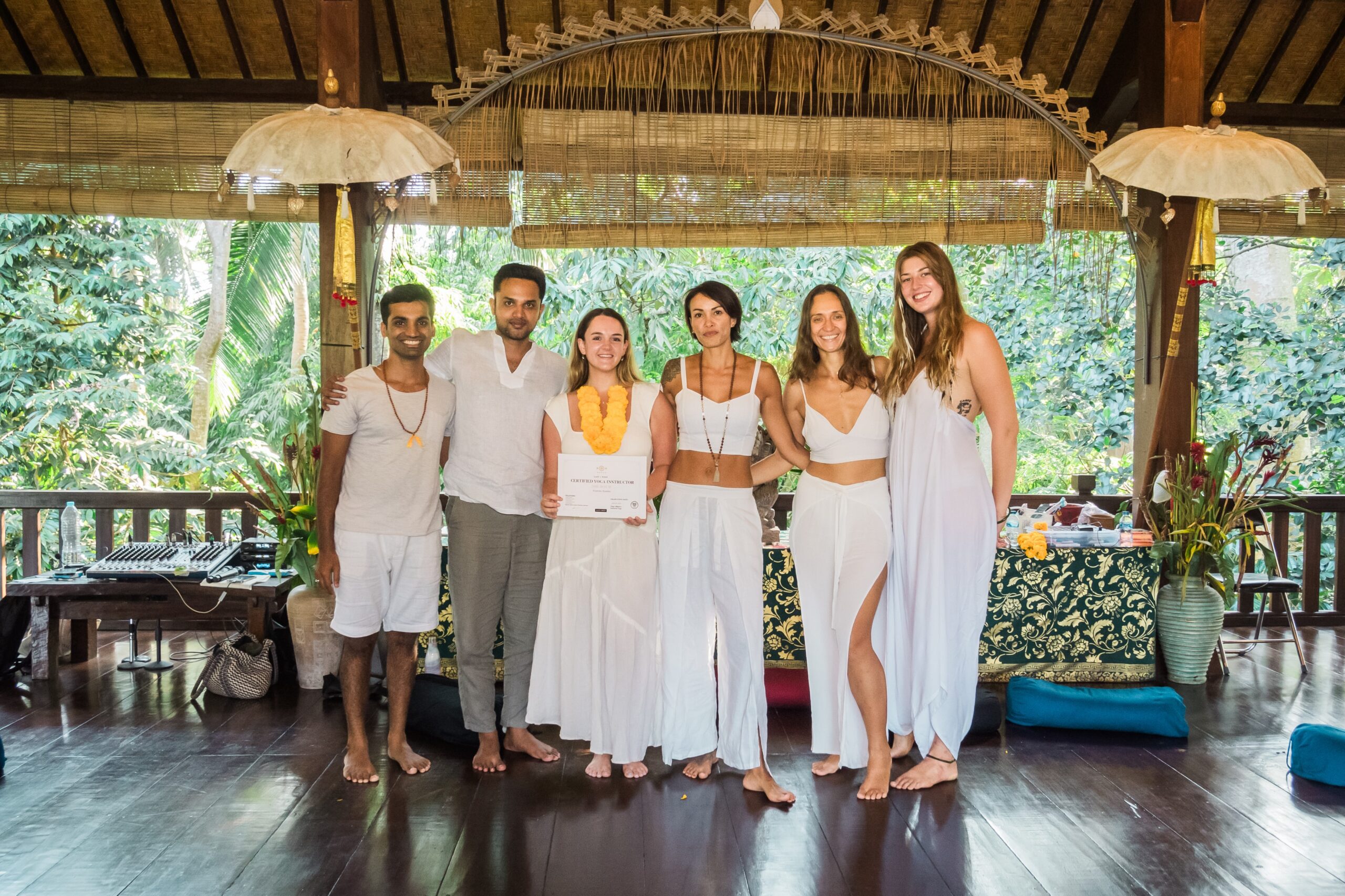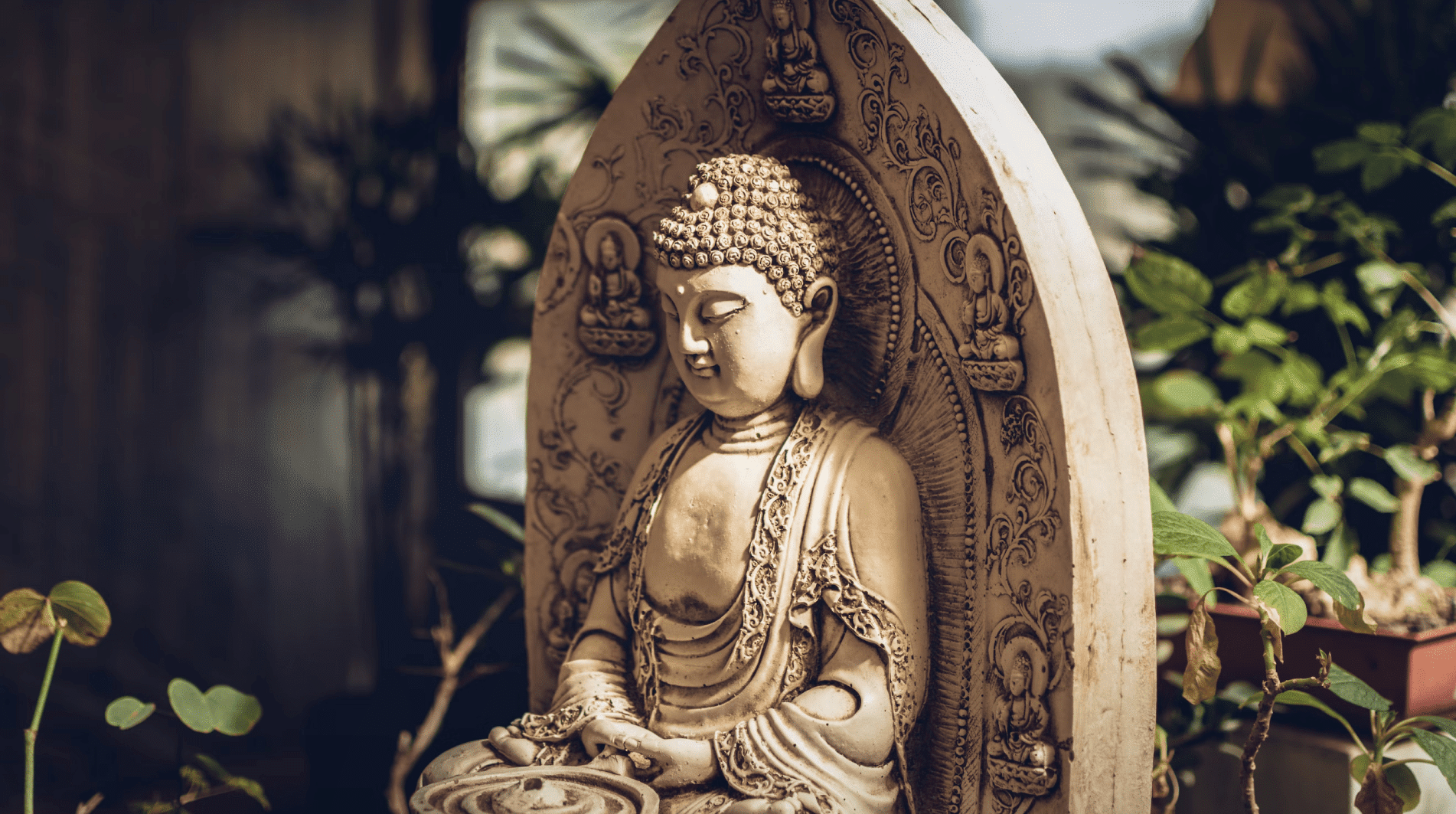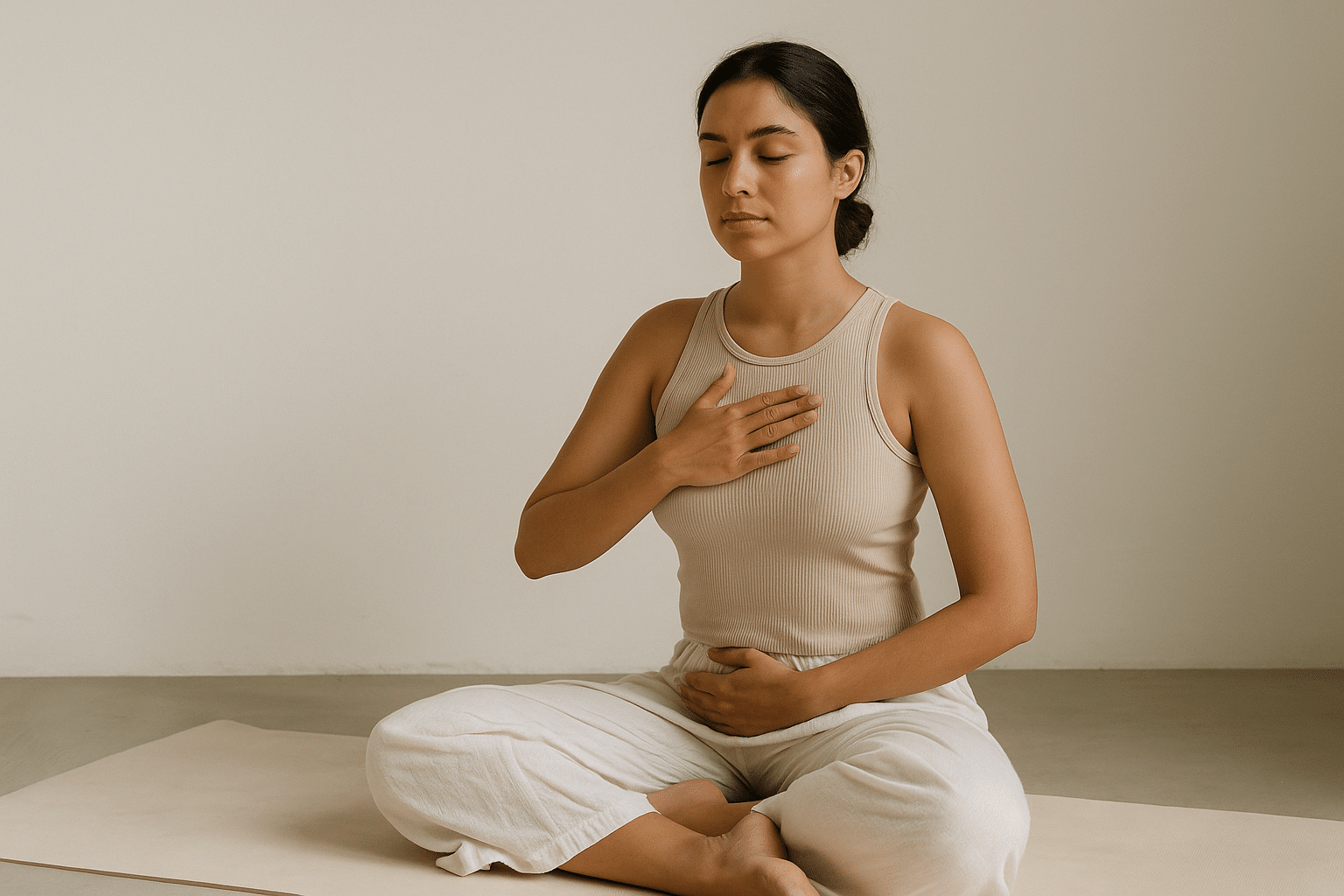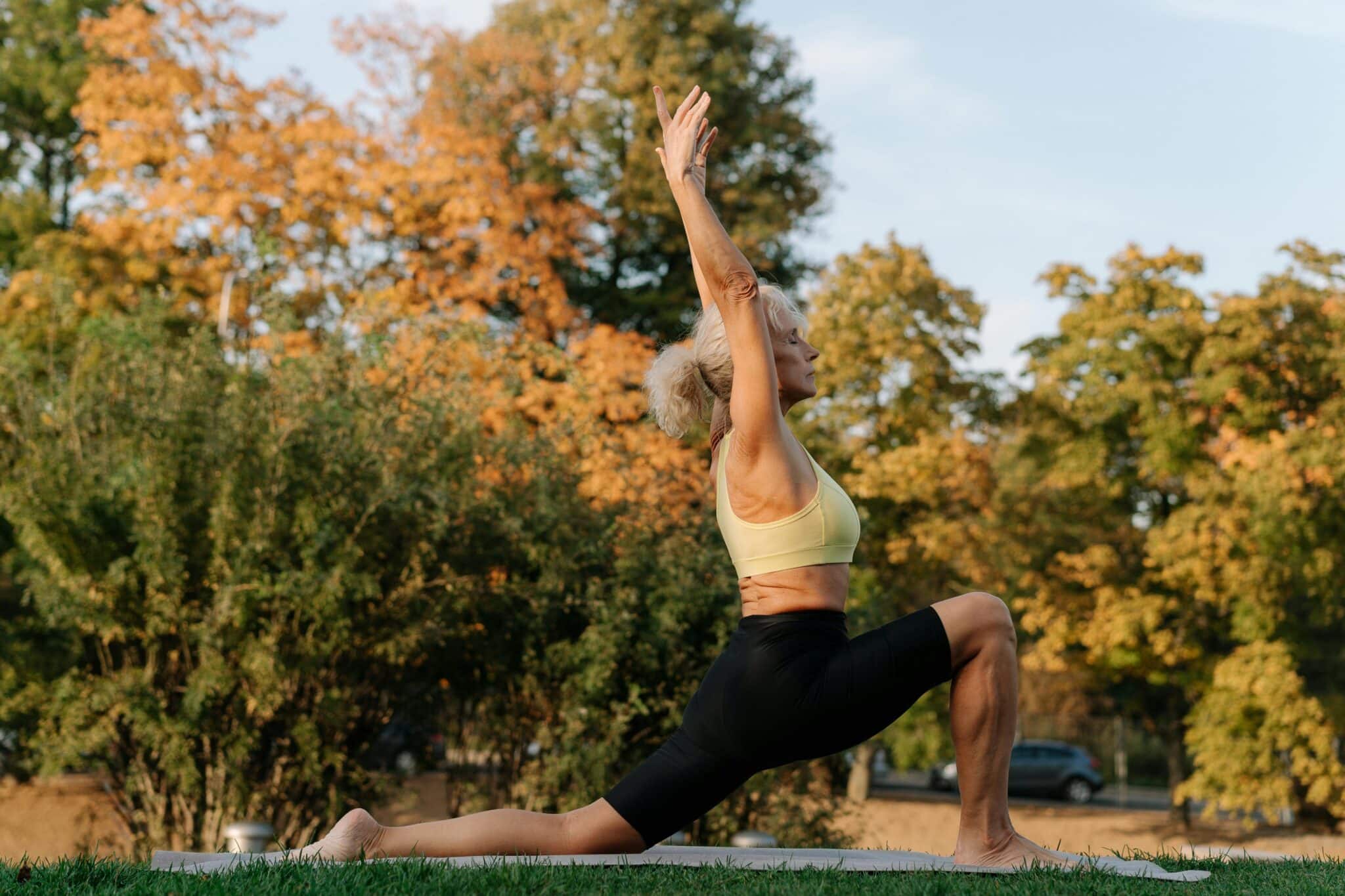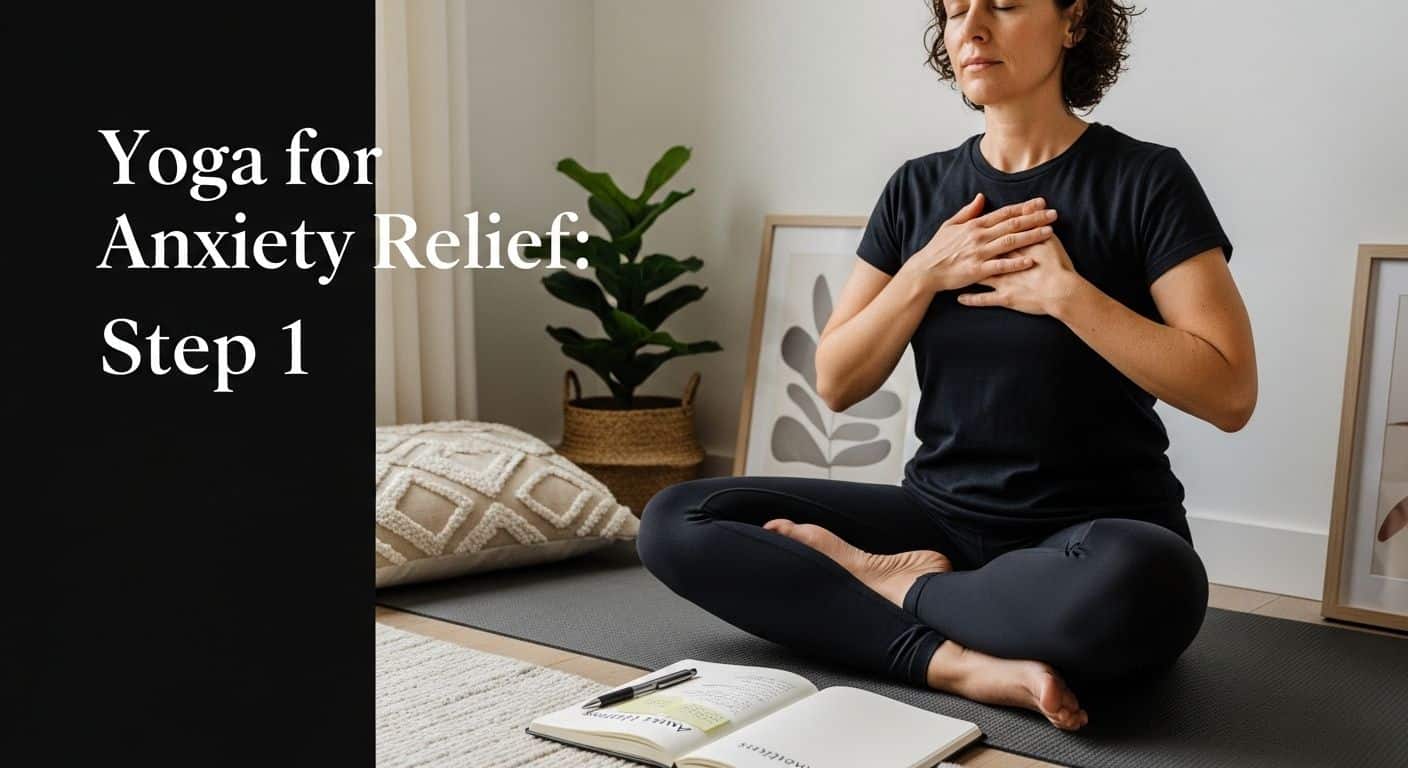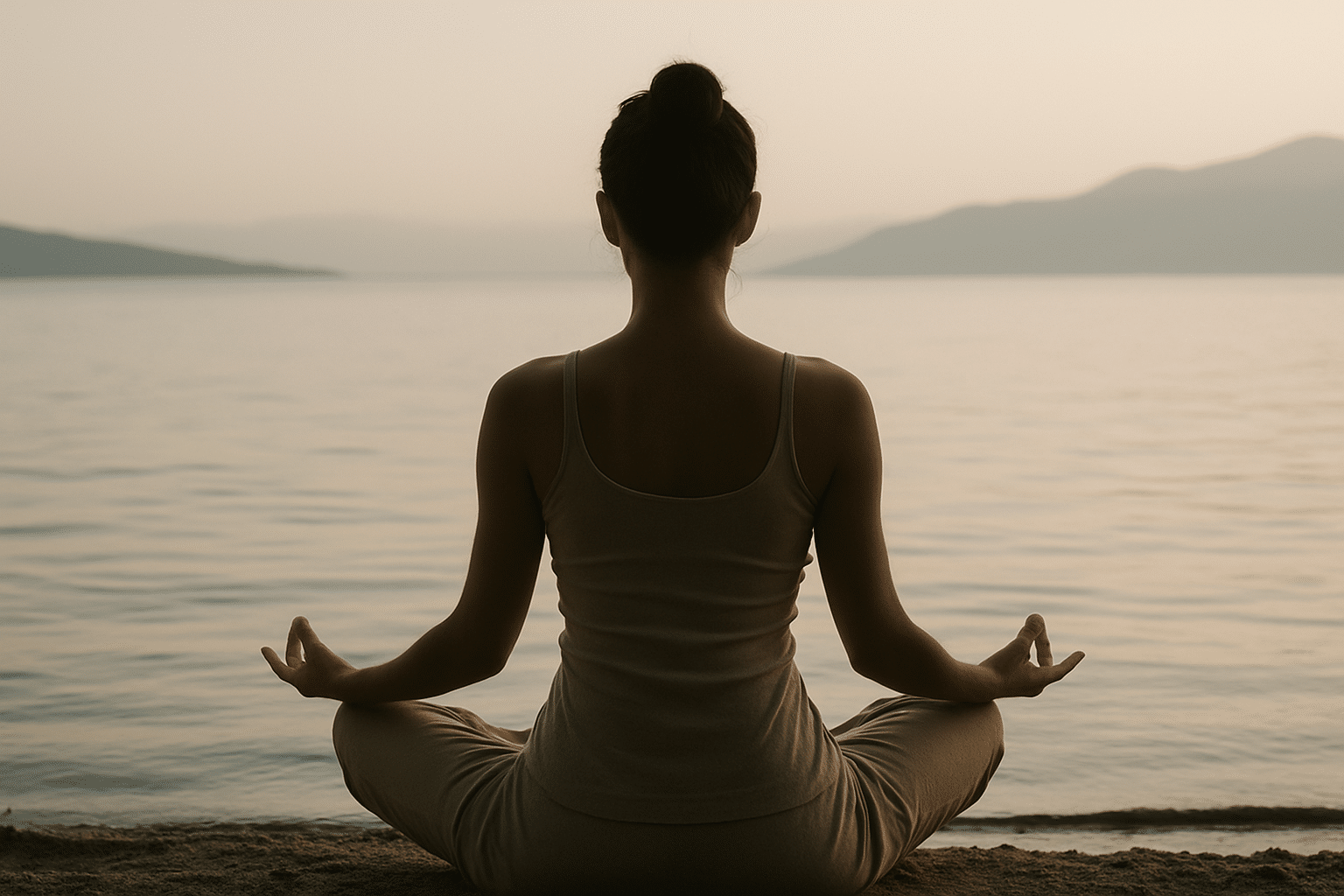
Mudras are small but powerful gestures in yoga, often described as energetic seals. When practiced with intention, these hand positions can influence the flow of prana (life energy) through the body. They can also deepen meditation, pranayama, and asana practice. Among them, Varuna Mudra—known as the gesture of water—offers a particularly profound yet simple way to restore balance to the body and mind.
In this article, we’ll explore what Varuna Mudra is, how to practice it, and the energetic benefits it brings. Also, we’ll cover which yoga practices pair well with this powerful seal. By the end, you’ll have both a clear understanding and a practical way to incorporate it into your own practice.
What Is Varuna Mudra?
Varuna Mudra, sometimes called Jal Mudra (the water-enhancing gesture), is a yogic hand position. It is designed to activate and balance the water element in the body. In Sanskrit, Varuna is the name of the Vedic deity associated with cosmic waters and the principle of truth. In yoga’s subtle body system, water represents fluidity, adaptability, and emotional depth.
To form the mudra, the tip of the little finger (associated with water) lightly touches the tip of the thumb (associated with universal energy). The remaining three fingers stay extended. This simple connection is believed to restore harmony to the water element, supporting a sense of flow both physically and energetically.
Varuna Mudra is most commonly practiced in seated meditation or pranayama. It can be used any time you feel “dried out” physically, mentally, or emotionally—when you crave more flow, adaptability, or softness.
Planet: Moon
Element: Water
Chakra: Sacral Chakra (Svadhisthana)

Balance your water element & other benefits of Varuna Mudra
In the yogic tradition, each element corresponds to both the body and consciousness. When water is balanced, we experience emotional ease, creativity, and connection. When it’s out of balance, we may feel rigid, emotionally stuck, or disconnected from our intuition.
Varuna Mudra helps to bring the water element back into harmony. By joining the little finger and thumb, it symbolically and energetically reconnects us with flow, fluidity, and adaptability. The benefits of this mudra extend beyond the subtle body, shaping how we feel and interact with the world.
Some of the key benefits of Varuna Mudra include:
- Restoring emotional balance: Encourages adaptability and ease during times of emotional turbulence.
- Enhancing creativity: Activates the sacral chakra, supporting imagination and artistic expression.
- Deepening intuition: Helps you connect with your inner wisdom and subtle feelings.
Encouraging receptivity and empathy: Softens rigid thinking, making space for compassion and connection. - Supporting meditation: Provides a tactile focal point that quiets the mind and centers awareness.
How to do Varuna Mudra
Practicing Varuna Mudra is simple, but the key lies in intention and awareness. You can do it while meditating, practicing pranayama, or even while sitting quietly at your desk.
Here’s how to practice:
- Find Your Seat: Sit in a comfortable position such as Sukhasana (Easy Pose), Padmasana (Lotus Pose), or simply in a chair with feet grounded.
- Form the Mudra: Bring the tip of your little finger to gently touch the tip of your thumb on each hand. Keep the other three fingers extended but relaxed.
- Rest the Hands: Place your hands on your thighs or knees, palms facing upward. Allow the shoulders and arms to stay relaxed.
- Focus Your Breath: Close your eyes and begin to breathe slowly and evenly. Notice how the mudra feels in your hands, and imagine energy flowing through the circuit created between thumb and pinky.
- Set an Intention: Mentally affirm qualities of flow, openness, and adaptability. For example: “I flow with ease and trust the wisdom of life.”
- Practice Regularly: Hold the mudra for 15–30 minutes daily, or for shorter intervals when you need to reconnect with your inner sense of fluidity.
Pair These Yoga Practices With Varuna Mudra
Varuna Mudra can be used alongside yoga postures, breathwork, and meditation to amplify its benefits. By adding the mudra, you direct subtle energy more consciously and deepen your practice. Here are a few pairings to try:
- Seated Meditation: Hold Varuna Mudra while seated in stillness. Focus on the ebb and flow of the breath, imagining each inhale as a tide rising and each exhale as a tide receding.
- Nadi Shodhana (Alternate Nostril Breathing): Combine this mudra with alternate nostril breathing to balance not only the water element but also the left and right channels of energy. This pairing enhances clarity and emotional steadiness.
- Supta Baddha Konasana (Reclined Bound Angle Pose): Lie back in this restorative posture and place your hands in Varuna Mudra on your thighs. The posture opens the hips (the seat of the sacral chakra), while the mudra directs energy to flow more freely.
- Visualization Practice: Close your eyes with the mudra in place and imagine a clear, flowing stream or ocean tide moving through you. Let this imagery enhance your meditation.
- Japa or Mantra Meditation: Chant a mantra for flow or creativity (such as Om Shanti or Vam, the seed sound for the sacral chakra) while holding the mudra to harmonize sound and energy.
Varuna Mudra reminds us that even the smallest actions can have profound effects on our energy and awareness. By consciously connecting with the water element, this simple hand gesture teaches us to soften, adapt, and trust the flow of life. Whether you practice it daily in meditation or simply call upon it when you need to release rigidity, Varuna Mudra reminds us that balance is found not by force, but by flow.
At Yoga East+West, we emphasize the importance of these subtle practices alongside asana and philosophy in our teacher trainings. Mudras like Varuna offer tools for students to deepen their practice. They also provide ways for teachers to guide others into states of balance and awareness. If you’re ready to explore the subtleties of yoga on a deeper level, our yoga teacher trainings in Bali and Costa Rica weave these ancient practices into a modern, holistic path of study.

